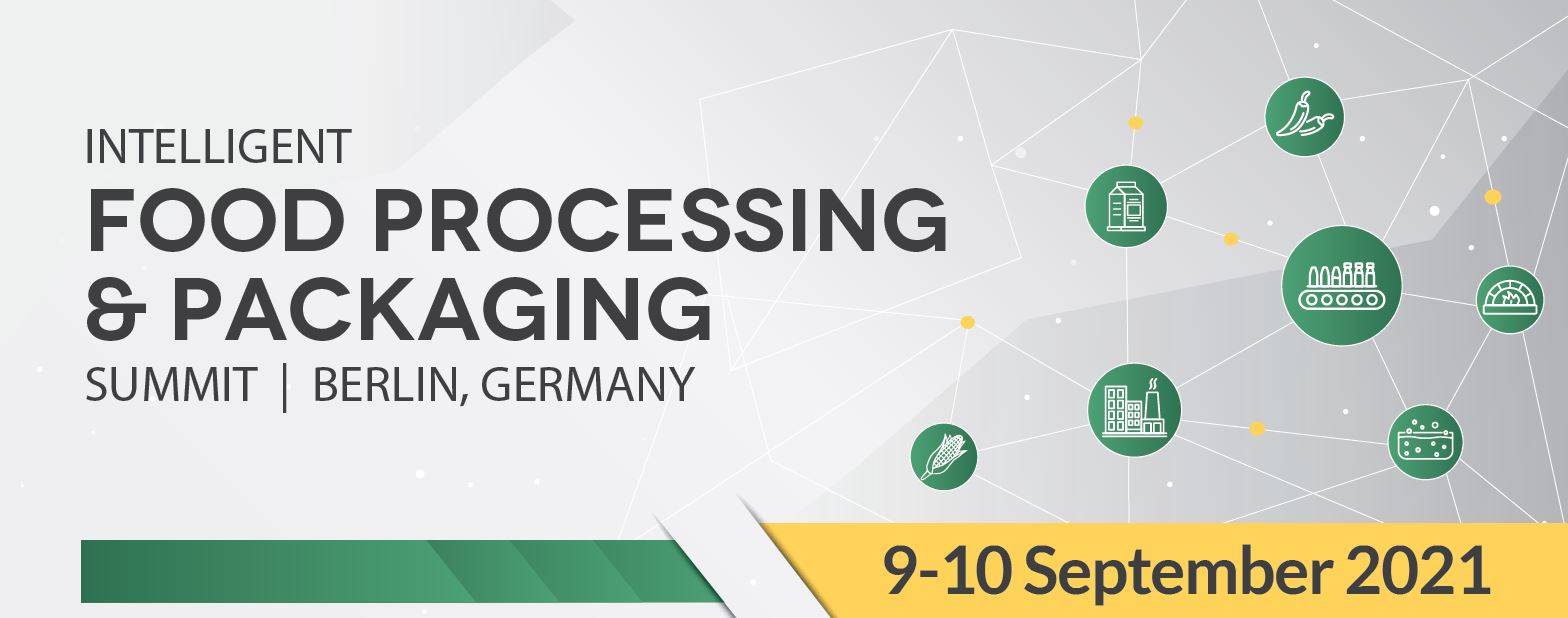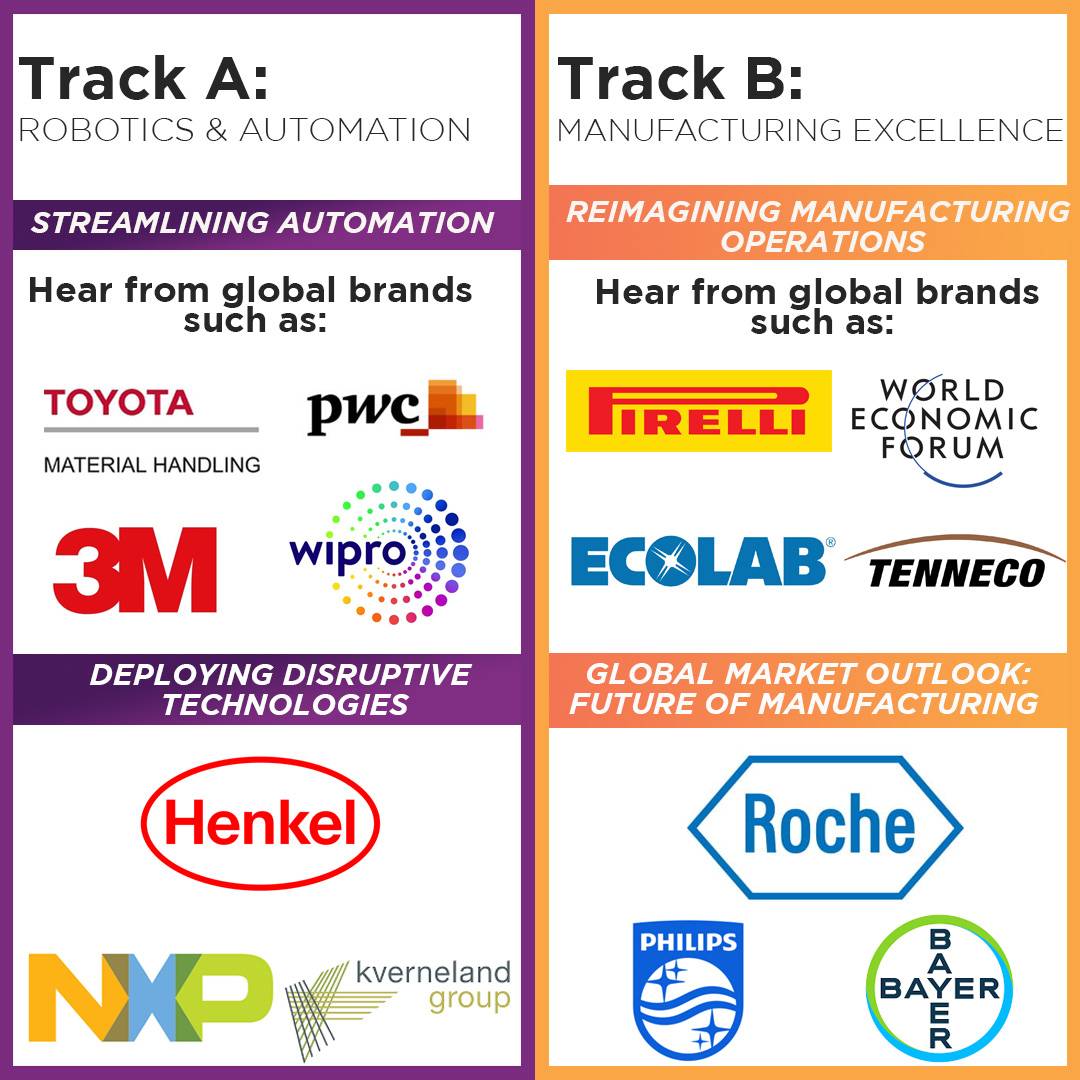Many correctional facilities today are faced with infrastructure challenges and limited funding, making it difficult to provide sufficient housing, recreational activities, safety and healthcare for its residents.
These institutions must look toward new innovative technologies and building redesigns to help them accomplish their goals of reducing criminal activity while creating a safe and sustainable setting.
Replacing the outdated pencil and paper processes with cloud computing can truly transform correctional facilities to operate more efficiently and create an overall more comfortable environment for both inmates and employees.
When you analyze data that you’ve gathered in real-time it can help save money, keep inmates safer and foster better outcomes to ensure inmate rehabilitation and successful reintegration.
AI-Based Video Surveillance
Like many other industries, prisons are realizing the benefits of incorporating new artificial intelligence technology aimed at monitoring inmate’s locations and activities every minute of every day.
New age technology like AI-based video monitoring systems are programmed to detect irregular activities, such as aggression against others or abnormal behavior, and can help generate an activity report for each prisoner using facial identification, behavioral analysis and movement analysis.
Using this information, staff can make proactive decisions to intervene and ultimately provide the highest level of safety and support to the residents.
It should be noted that replacing prison staff with AI shouldn’t be the objective. AI and ML technology can work in conjunction with security personnel to ease certain burdens on human staff, as it’s almost impossible to see and hear everything that happens on-site.
Correctional Facilities Transformation through Building Design
Overcrowding and empty cells are some of the biggest issues facing correctional facilities.
Due to continued prison crowding, space initially allocated for services like rehabilitative programmes, outdoor recreation, family services and vocational training often is used to house overflow offender populations.
Architects, criminal justice practitioners and correctional researchers need to work together to construct buildings that highlight the strengths and minimize the weaknesses of past and current facility designs.
Layouts that are square-shaped for example can account for problematic blind spots, such as locations outside of staff's view. To eliminate these unsupervised corners, circular shapes may provide better visibility of individual cells and improve common spaces.
Combining data-driven insights with a human-centric approach, technology can be used to create a sense of normality through building design that will ultimately assist with successful rehabilitation.
Health in Prison Environments
Another aspect where technology and redesigning certain areas can greatly impact the lives of incarcerated individuals is monitoring and providing adequate health services.
One of the things that can help streamline inmate health care is providing video-based telehealth consultations. This can help reduce costs, provide a real-time diagnosis from trained medical professionals and avoid the often traumatic experience of transporting an individual to an off-site hospital.
A way to tackle prisoner mental health is to understand the importance that their environment has for their psychosocial and how a redesign can help increase an inmate’s chances of reintegrating into society with improved health and self-efficacy.
Investing in health-promoting activities such as incorporating nature, more lighting in cells, art/cultural programmes and relaxation quiet rooms could help reduce anxiety and promote positive psychological emotions.
If the building doesn’t already have these areas dedicated to resident’s well-being, redesigning your current space or building these structures to implement these changes can promote social interaction, social support and create a space for restoration.
Latest Innovations Creating Smart Prisons
As technology guides the world into the 21st century, it also should inform penal policy and create inventive ways to improve the current prison ecosystem.
Current technology like AI, ML and IoT can be used to its fullest advantage to minimize staff stress and to replace outdated practices that take away too much time from more important operational tasks.
For example, biometric access tools are replacing the traditional method for inmate tracking. This can improve the ability to find inmates who break prison rules while reducing the routine communication among officers required by the old system.
Innovations like thermal cameras, sensors and radio frequency identification (RFID) technology are also transforming the lives of people working in or incarcerated within the criminal justice system.
By collecting data from these new technological opportunities, prisons can contain integrated systems and devices to enable more freedom and self-reliance for the prisoners and also improves the staff's efficiency and well-being.
Overall Benefits
Quality correctional facilities should provide security and safety, and every effort should be made to minimize unnecessarily harsh and punitive conditions.
Problematic areas can be remedied quickly if an evaluation is conducted using data obtained from the institution's primary users -- inmates, correctional officers and maintenance staff.
Once the areas of improvement are identified, technology can be implemented or infrastructure redesigns can be made to help improve the lives of incarcerated individuals by delivering evidence-based interventions and improving the likelihood of a fulfilling, successful life once their time is served.
If you would like to learn more about how intelligent technologies, operational strategies and new building designs can create a safe and secure environment to increase the success rate of rehabilitation and reintegration, join industry experts and executives from global brands during the Correctional Facilities Design & Development Summit in Amsterdam, The Netherlands on June 10th and 11th.
Request your brochure today for the full speaker lineup and event agenda!



